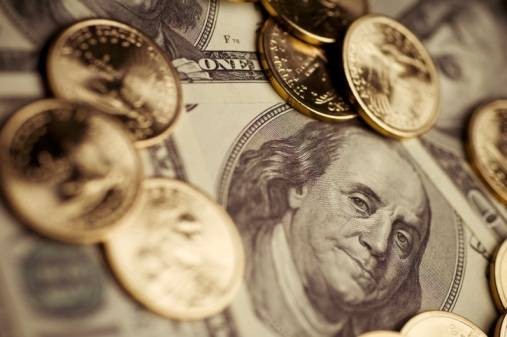Why dividend stocks top TIPS for income investing
Post on: 28 Май, 2015 No Comment

JonathanBurton
Reuters
SAN FRANCISCO (MarketWatch) — Dividend-paying stocks aren’t for widows and orphans anymore, and, for that matter, neither are Treasury bonds. As income-seeking investors know all too well, generating meaningful yield nowadays means accepting greater market risk and volatility.
Investing for income has become so challenging, it may be creating more widows and orphans than it saves. Buyers nowadays face a Hobson’s Choice that forces them to hold their noses and plunge.
Yet one income strategy is capturing the attention of investors and investment advisers alike: Swapping inflation-protected Treasurys, or TIPS, for dividend stocks yielding 3% or more.
Where to invest in a choppy economy
MarketWatch columnist Robert Powell tells The Markets Hub how individual investors should manage their portfolios in a low-yield environment.
Sounds like a slam-dunk. Except it’s not. Shifting money to stocks from bonds — even blue-chip, dividend payers — is a major decision that dramatically alters portfolio risk and volatility.
Apart from offering yield, dividend stocks are a totally different animal from bonds. Bonds return 100 cents on the dollar at maturity; stocks can lose money as long as you own them.
Dividend stocks provide income, but they’re stocks all the same. In the 2008 market meltdown, SPDR S&P Dividend, an exchange-traded fund made up of top-drawer dividend stocks, lost 23% while the benchmark Standard & Poor’s 500-stock index fell 37%. So if you pursue this strategy, your portfolio will become more volatile, and you’ll have to be proactive about risk management.
“When someone says ‘I need more yield,’ my response is ‘You mean you need more risk in your portfolio,’” said Larry Swedroe, director of research for Buckingham Asset Management, LLC. “A dividend-paying strategy isn’t necessarily a bad one, but it’s much riskier. It’s not a substitute for fixed-income.”
Inflated view
So why switch to dividend stocks? If you believe inflation won’t spiral out of control, then the trade becomes more of a yield play.
If you’re an inflation hawk, or can’t stomach the higher volatility, this plan isn’t for you. Stocks don’t offer much cushion against rising inflation. To be sure, many companies are able to pass along higher production costs to customers, but not always right away. Stocks, like bonds, typically react badly at first to expectations of higher inflation and its stranglehold on economic growth.
“Stocks are lousy inflation hedges,” Swedroe said. “Inflation increases risk, and people demand bigger risk premiums” for owning stocks.
Dividend-paying stocks can be relatively resilient against rising inflation. Higher prices add to cash flow, which companies then can use to pad dividend payouts. But dividend growth is a weak foil for inflation unless you’re prepared to hold the shares for many years.
What are the expectations now for inflation? Currently the official U.S. inflation rate is 2.9%, as measured by the consumer price index over the past 12 months. TIPS’ break-even inflation rate over regular Treasurys is tied to the CPI. The 30-year TIP yields 0.75%, while the 30-year Treasury yields 3.125%. The difference between the two implies a break-even rate approaching 2.4% annualized over the next three decades.
If inflation averages above 2.4% during that time, then TIPS beat nominal, or non-inflation-linked Treasurys. As a guide, forecasters surveyed by the Federal Reserve Bank of Philadelphia expect headline CPI inflation to average 2.3% at an annual rate over the next 10 years. The historical rate since 1913 has been just over 3% per year.














